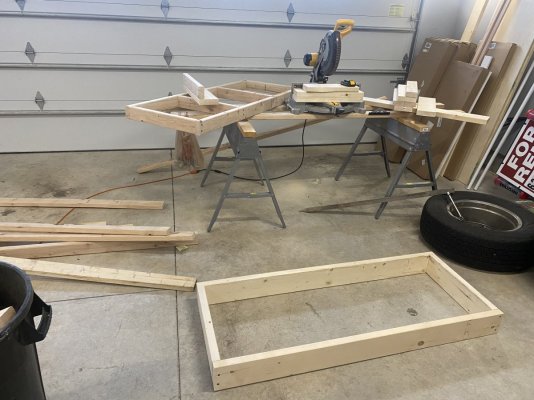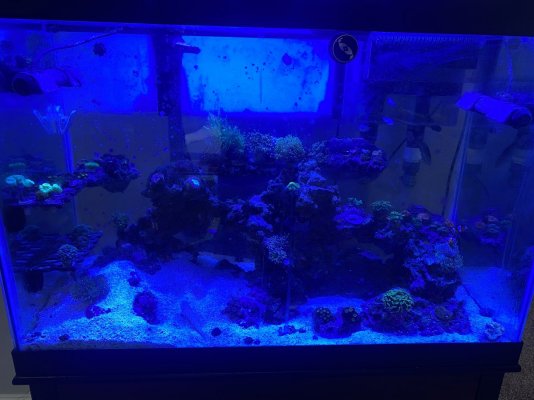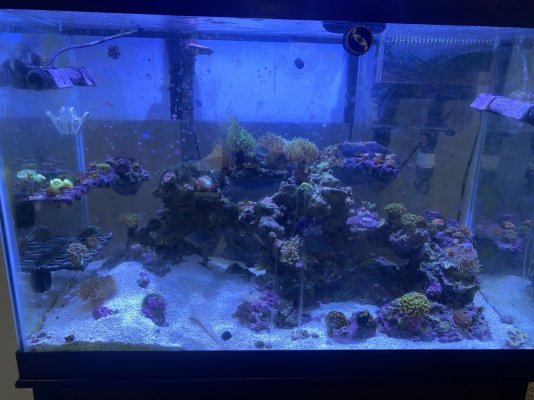Hey all,
I am making a big tank upgrade, going from a 65gallon to a 150 gallon. When I started the hobby, I intentionally purchased large components in the sump to facilitate the inevitable size up, but I have a few questions.
1. I have numerous frags and corals affixed to the rock in my current aquarium. What is the best process to use? Should I remove the coral and affix them to frag discs and reuse the rock?
2. I have a good amount of sand, and I hear I should rinse it. I do not intend to keep both tanks up at once, mostly as the big one must go in the same location as the smaller tank. If I rinse it, what is the process and will it cause a cycle?
3. My sump will be reused, and has a refugium full of rock rubble. Do I need to do anything to the sump to make it viable for the new tank?
4. Using the same sump, if I do not transfer the old rock, will it initiate a cycle?
Thanks!
I am making a big tank upgrade, going from a 65gallon to a 150 gallon. When I started the hobby, I intentionally purchased large components in the sump to facilitate the inevitable size up, but I have a few questions.
1. I have numerous frags and corals affixed to the rock in my current aquarium. What is the best process to use? Should I remove the coral and affix them to frag discs and reuse the rock?
2. I have a good amount of sand, and I hear I should rinse it. I do not intend to keep both tanks up at once, mostly as the big one must go in the same location as the smaller tank. If I rinse it, what is the process and will it cause a cycle?
3. My sump will be reused, and has a refugium full of rock rubble. Do I need to do anything to the sump to make it viable for the new tank?
4. Using the same sump, if I do not transfer the old rock, will it initiate a cycle?
Thanks!




















